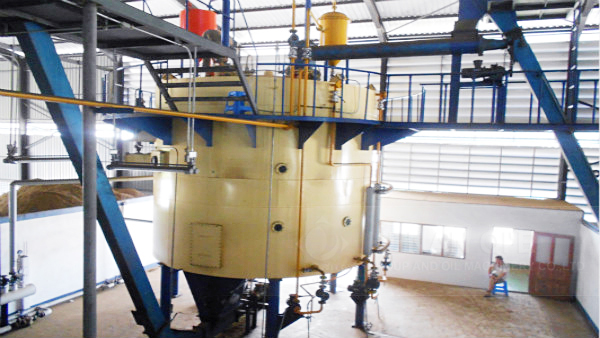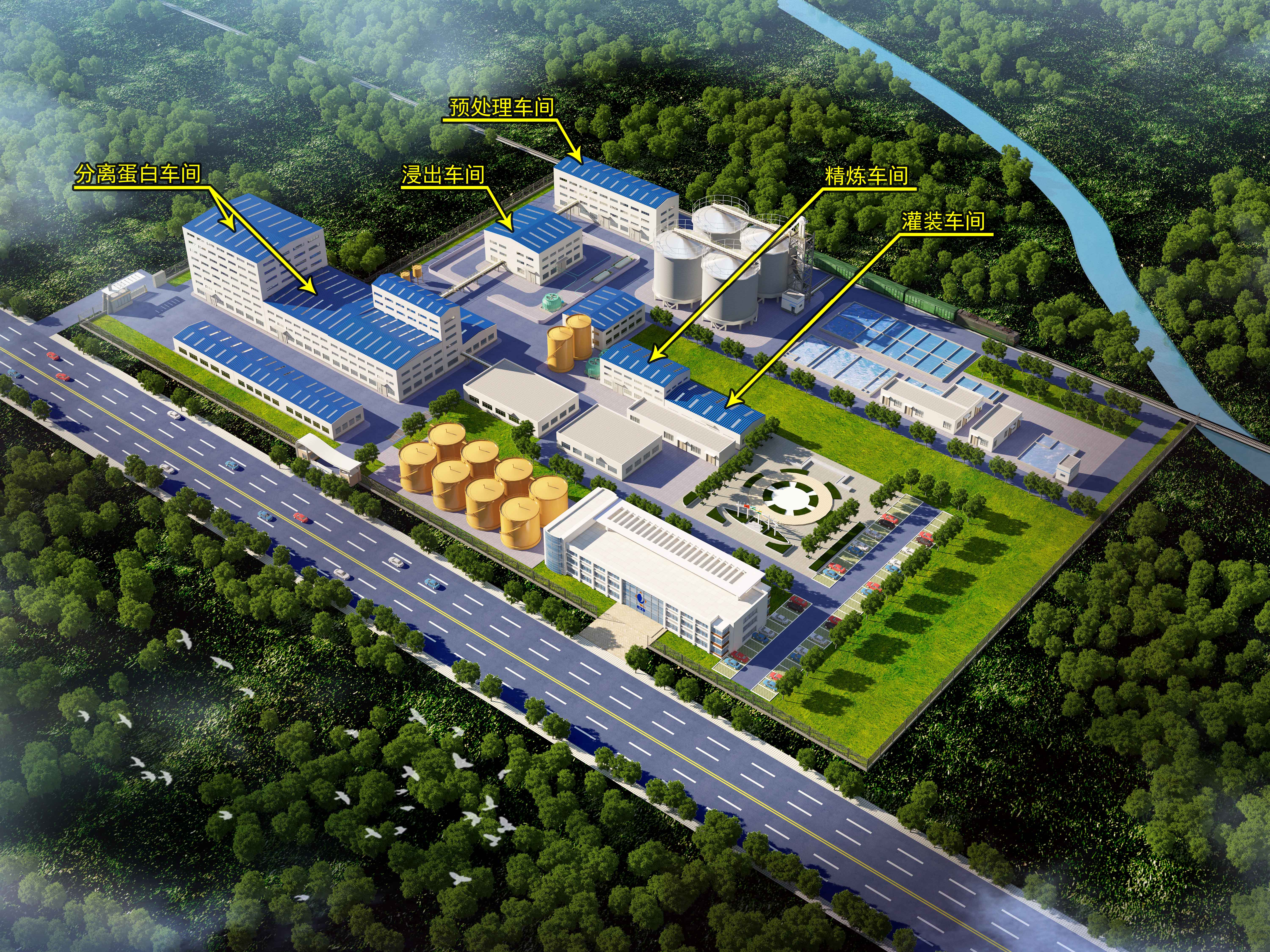
Designing an efficient preprocessing system for oilseed plants with capacities ranging from 30 to 5000 tons per day is critical to maintaining equipment reliability and ensuring consistent oil quality. Key operations such as cleaning, crushing, conditioning, flaking, and steaming demand precise technical parameters tailored to various feedstocks like cottonseed and sunflower seed. This article explores the technical foundations and frequently encountered mistakes in these preprocessing stages, supported by real-world failure cases and actionable improvements.
The preprocessing chain directly influences extraction efficiency and downstream refining quality. Each step requires fine-tuned control:
Each parameter shift beyond tolerances risks equipment stress or oil degradation, which is why adaptive control systems and sensor feedback integration are strongly recommended for plants above 1000 tons/day.
Different oilseeds possess varying physical and chemical properties that influence preprocessing settings:
| Parameter | Cottonseed | Sunflower Seed |
|---|---|---|
| Moisture Content After Softening | 8–10% | 6–8% |
| Conditioning Temperature | 90–95°C | 85–90°C |
| Steaming Time | 15 min | 12 min |
| Ideal Flake Thickness | 0.3–0.4 mm | 0.25–0.35 mm |
Maintaining these parameters prevents common issues such as incomplete oil release, increased solvent consumption, or premature wear on mills and rollers.
In a mid-capacity (1200 tons/day) oilseed processing plant, improper moisture control during seed softening resulted in excessive fines and uneven flakes, causing roller damages after six months. Investigations revealed moisture levels fluctuated between 5% to 12%, far from the recommended 8–10%. Implementing automated moisture sensors and adjusting steam injection stabilized moisture to a ±0.5% range. Subsequently, equipment downtime reduced by 40%, and oil extraction efficiency improved by 3.5% over six months.
Consistency in preprocessing elevates oil quality, a paramount factor for export compliance. Key indicators influenced by preprocessing include oil acidity, color, and free fatty acid (FFA) levels. For instance:
Our group’s advanced customization solutions incorporate real-time parameter monitoring and adaptive control, tailored to client-specific seed types and capacities, ensuring export-grade oil consistently meets stringent international standards.

Based on extensive field data and engineering feedback, consider implementing the following best practices:
Industry Insight: According to recent surveys, plants applying integrated automation and customized preprocessing solutions saw a 25%-35% reduction in equipment downtime and a 5% increase in oil yield within the first year.

Our global group specializes in delivering state-of-the-art, fully customizable oilseed preprocessing systems designed to maximize yield and quality. Leveraging advanced sensor integration, adaptive process control, and tailor-made equipment configurations, we help you avoid costly failures and secure consistent export-grade output.
Explore how our proven solutions can transform your plant’s preprocessing efficiency while lowering maintenance costs. Reach out today to engineer a preprocessing system that precisely fits your capacity and product requirements.




